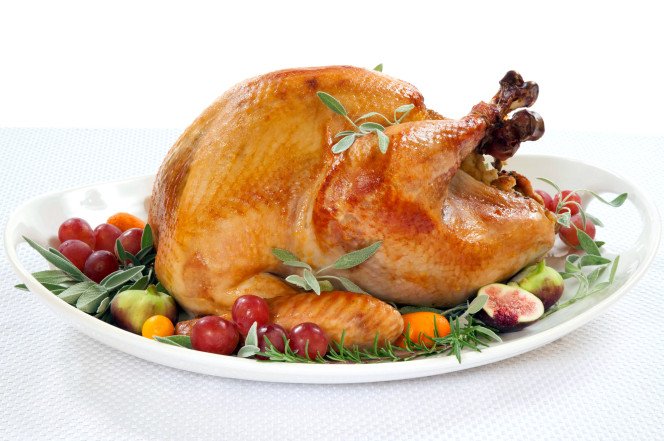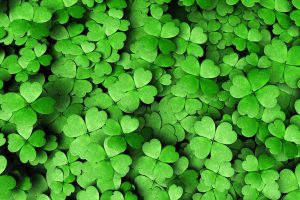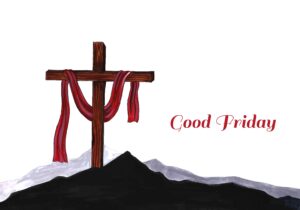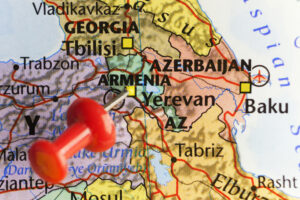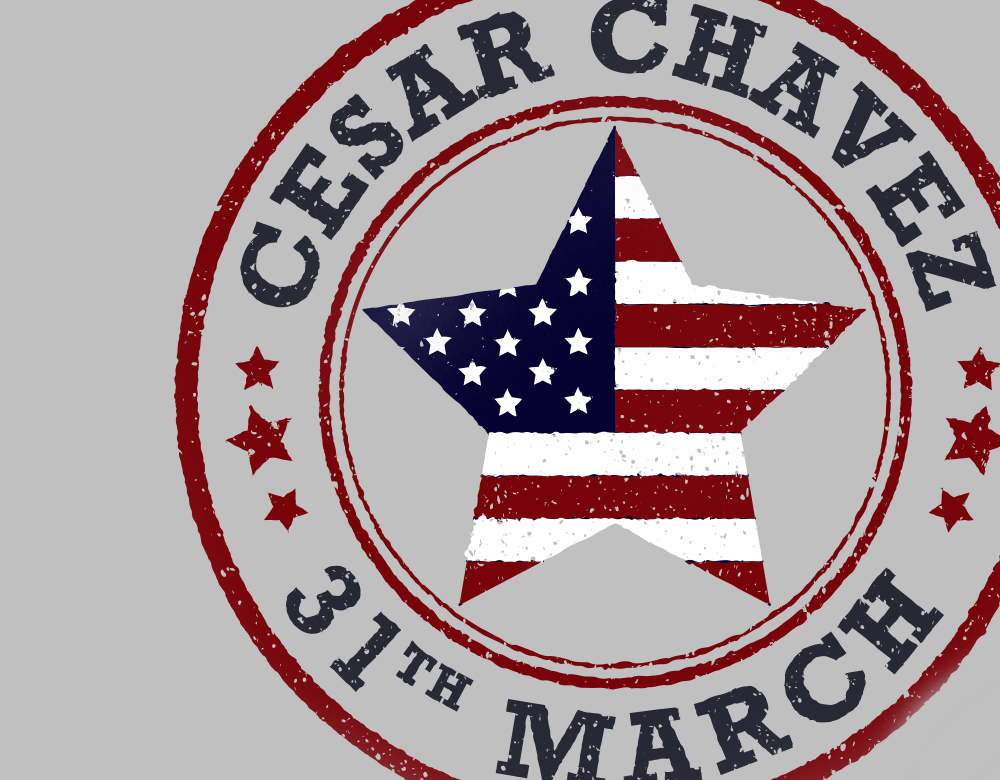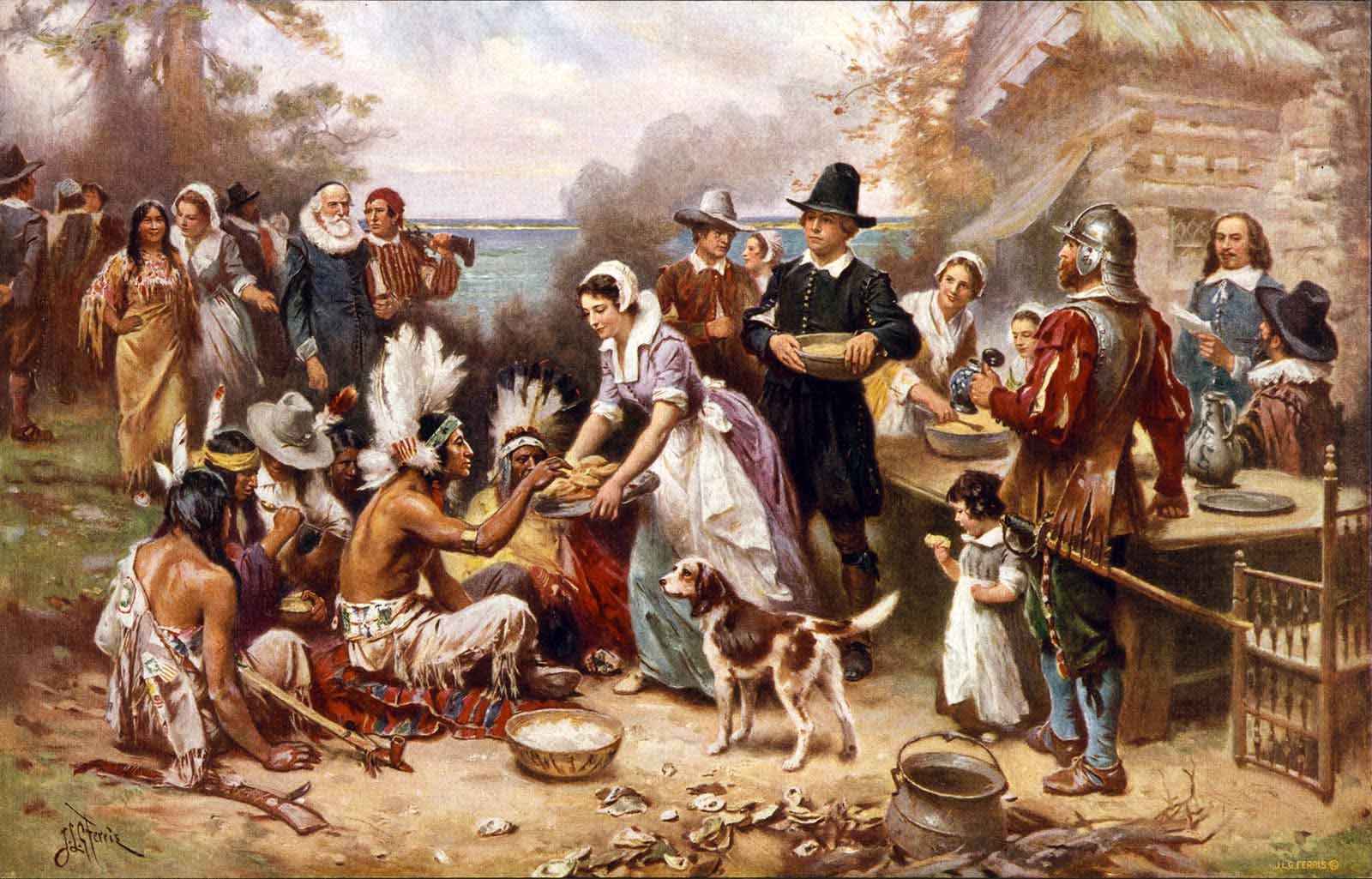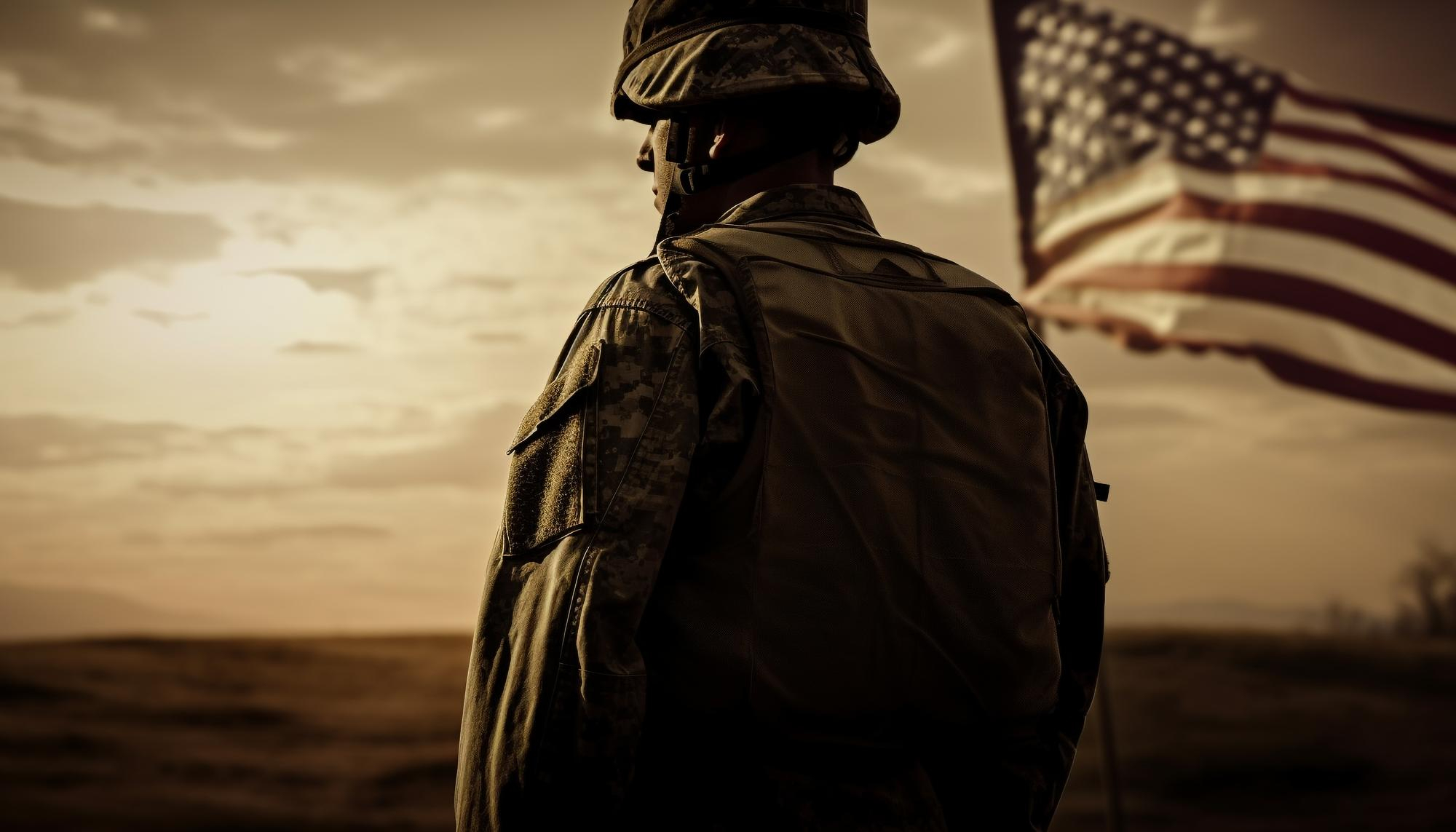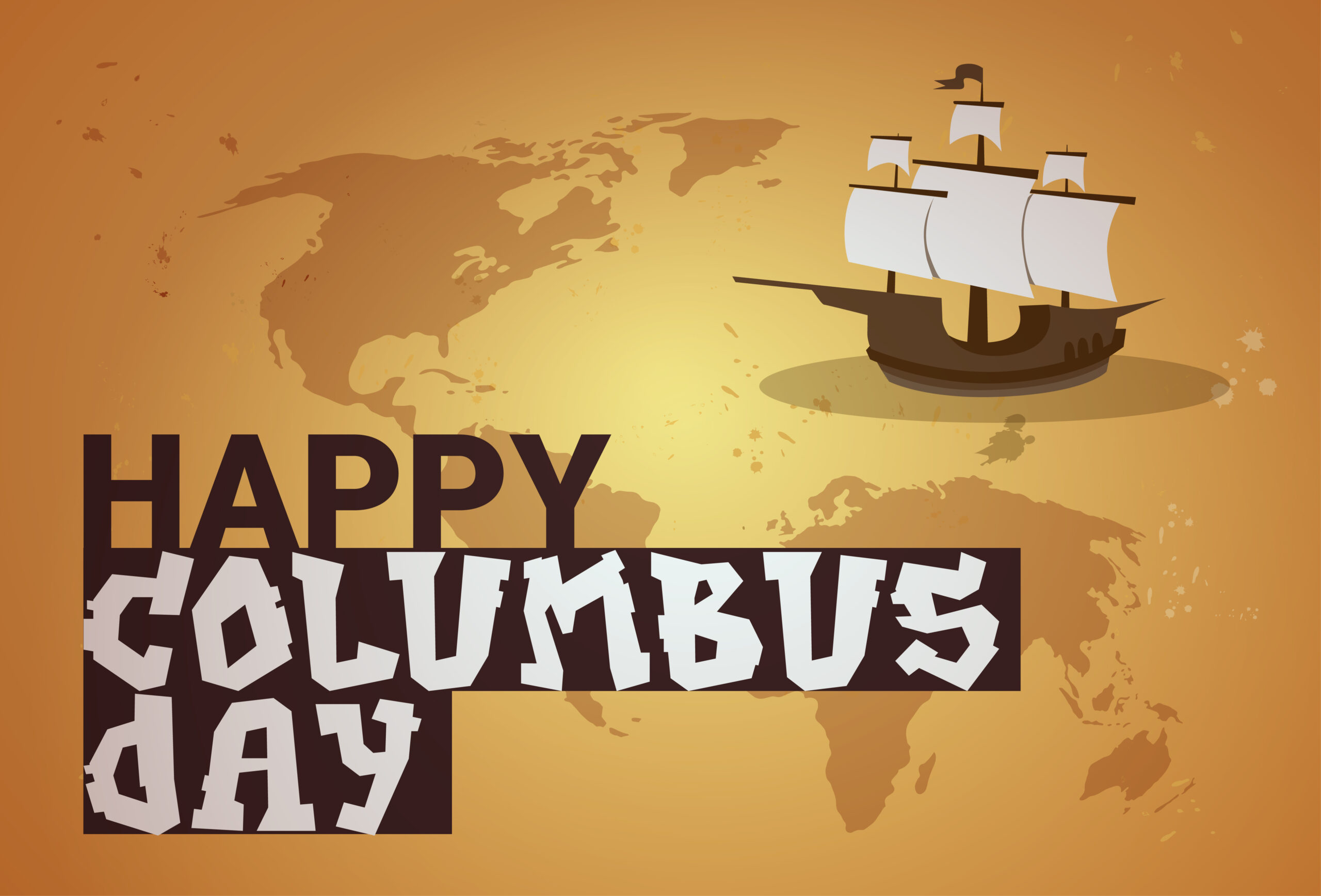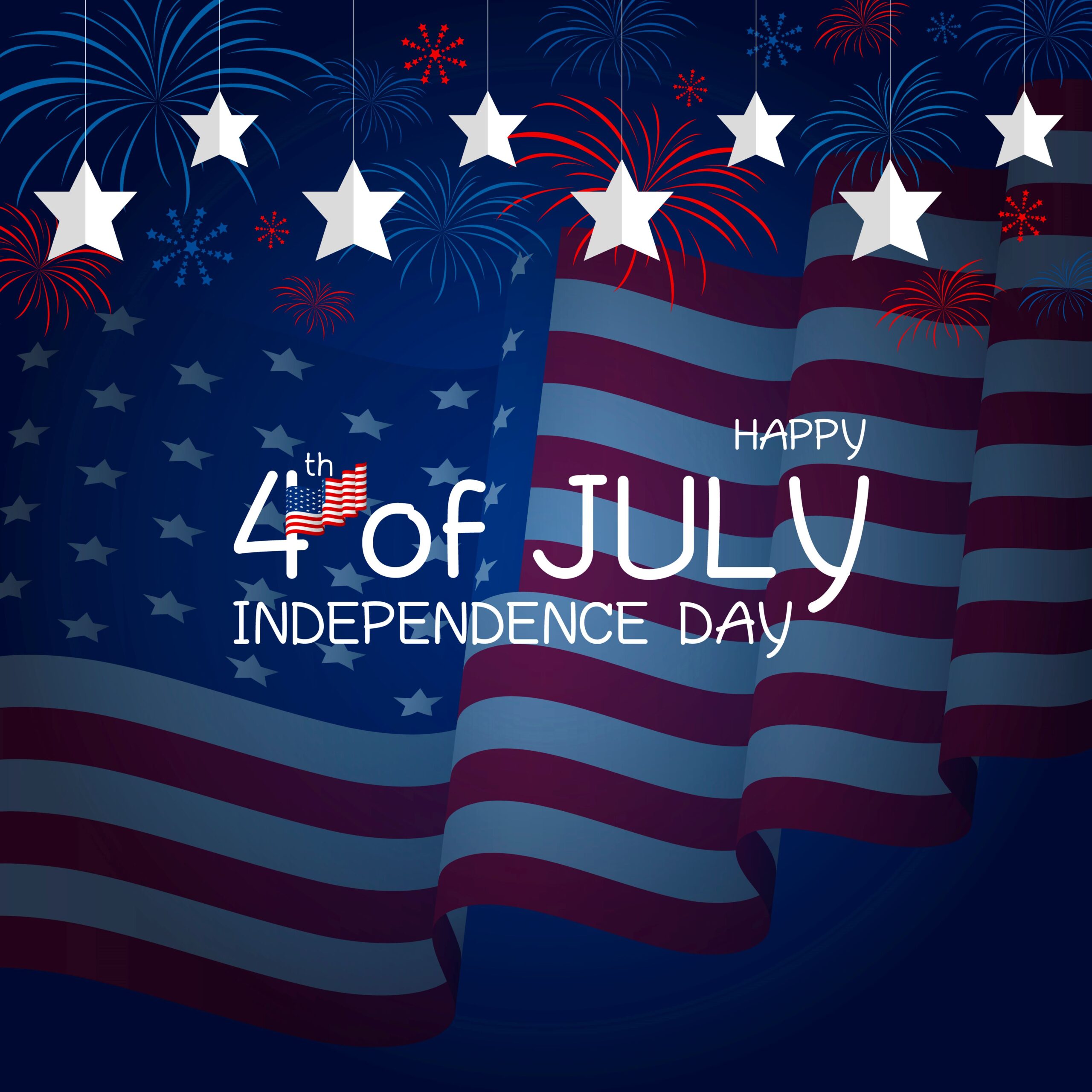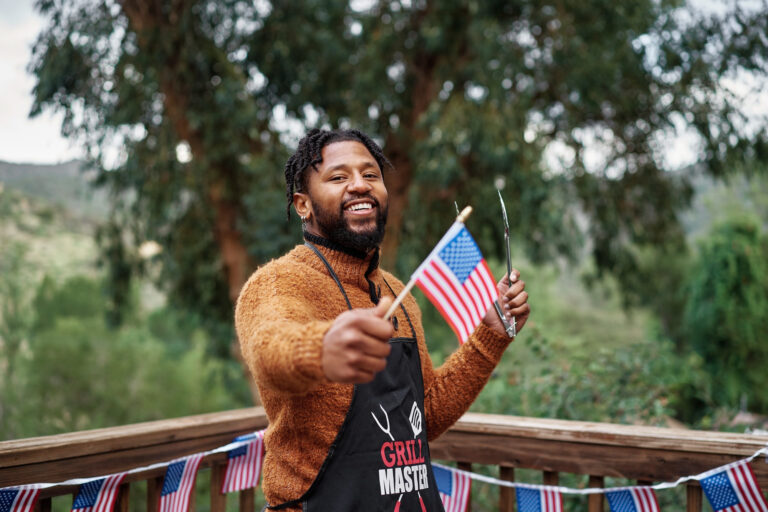For the most of us, it just isn’t a day of thanks without a turkey. It’s a staple of the holiday, the centerpiece of the season, and it’s hard to imagine there was ever a dinner without it. Historians, however, completely agree on the thought that the roasted gobbler is a relatively recent addition to the dinner table.
Contrary to popular belief, the First feast didn’t feature turkey as the main dish back in 1621. Instead, the Pilgrims and Native Americans probably ate waterfowl, venison, and shellfish for their harvest celebration which, unlike modern celebrations, went on for three days.
As the wild turkey is a bird native to North America, one theory claims their prevalence and size led to their natural inclusion in large, celebratory meals. Another suggests that early settlers merely used what was available to them to emulate the dining habits of Queen Elizabeth. Some believe it was a matter of national pride, as Benjamin Franklin considered it a more respectable and more fitting national bird than the Bald Eagle.
Most historians, however, give the credit to Sarah Josepha Hale, who is sometimes referred to as “the Godmother of Thanksgiving.” She was well known in her time, first as the author of the children’s poem “Mary’s Lamb,” now known as “Mary Had a Little Lamb,” and then as editor of the popular women’s magazine Godey’s Lady Book. Under her guidance, the periodical was highly successful, and she used its influence to advocate for the establishment of the national holiday. In the years approaching the Civil War, she believed that a nationwide day of gratitude would help to stymie the growing tensions within the country and act to unify the states.
Hale lobbied for a national day of gratitude for decades, and by 1859, 32 states and territories had bought into the idea, and along with it, her vision for the holiday. In addition to her passion for establishing a day of thanks, Hale had a great love of roast turkey. Her novel, Northwood, published in 1927, contained a rich record of a supposed Thanks giving dinner, with a roast turkey taking the head of the table. It is believed that as her publications gained popularity, families began to model their own feasts off Hale’s lavish description. Hale also published her own recipes for roast turkey and pumpkin pie in her magazine, making sure the masses were ready for their own celebrations.
Thus, by the time Lincoln declared turkey day a national holiday in 1863, roast turkey was already integral to the image of a New England feast. Families prepared turkey not only on the holiday but also for Christmas festivities, which was in part popularized by the publication of A Christmas Carol by Charles Dickens in 1843. Some historians believe that the combined influence of the popular yuletide tale and Hale’s impassioned crusade led to the turkey’s eventual rise to holiday status.
Regardless of the reason, even now, the turkey is an irreplaceable part of any dinner during the holidays. Turkey Day just wouldn’t be the same without a delicious turkey on the table.















